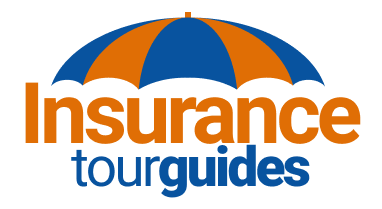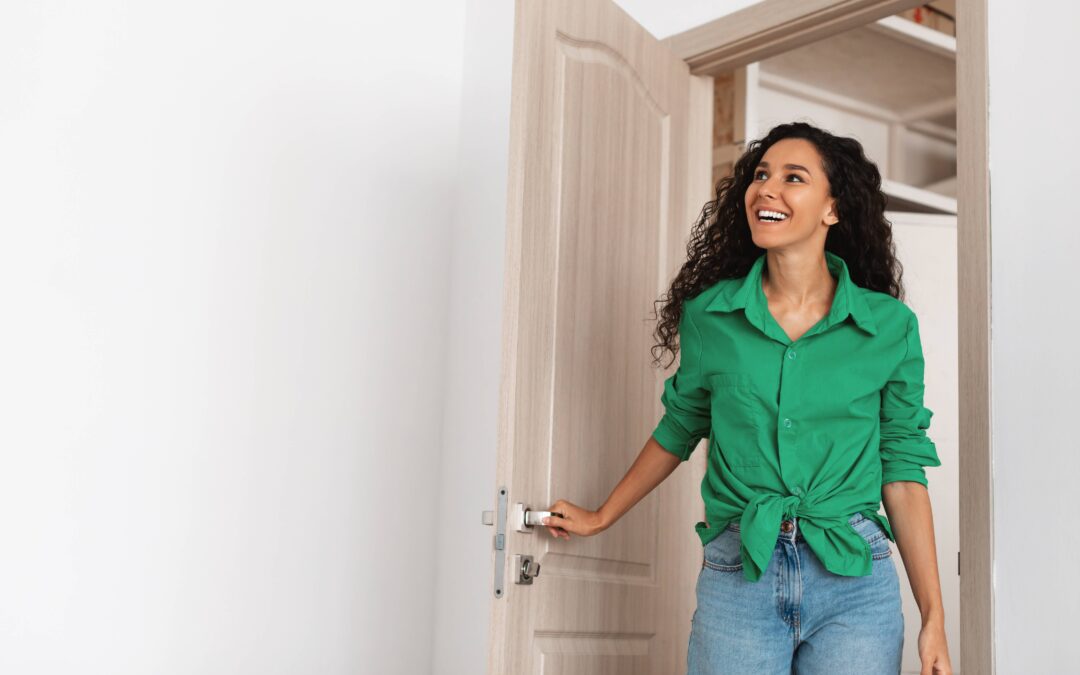Your home is one of your most valuable assets, but what happens if disaster strikes? Homeowners insurance helps protect your home and belongings, but not everything is covered. Understanding what your policy includes—and what it doesn’t—can help you avoid costly surprises. Learn what homeowners insurance covers, common exclusions, and when you might need additional coverage.
What Does Homeowners Insurance Cover?
Most homeowners insurance policies include four main types of coverage:
✔ Dwelling Coverage – Pays for repairs or rebuilding if your home is damaged by a covered peril like fire, storms, or vandalism.
✔ Personal Property Coverage – Covers your belongings (furniture, electronics, clothing) if they are stolen or damaged.
✔ Liability Protection – Covers lawsuits if someone gets injured on your property and you’re found responsible.
✔ Additional Living Expenses (ALE) – Pays for temporary housing and meals if your home becomes unlivable due to a covered event.
Common Events Covered by Homeowners Insurance
✅ Fire and smoke damage
✅ Storm damage (wind, hail, lightning)
✅ Theft and vandalism
✅ Falling objects (like a tree hitting your roof)
✅ Water damage from burst pipes
✅ Personal liability lawsuits (injuries on your property)
What’s NOT Covered by Standard Homeowners Insurance?
While homeowners insurance covers a lot, some risks require separate policies or endorsements. Common exclusions include:
🚫 Flooding – Homeowners insurance does not cover flood damage. You’ll need separate flood insurance from the National Flood Insurance Program (NFIP) or a private provider.
🚫 Earthquakes – Earthquake damage is not covered, but you can purchase a separate earthquake insurance policy if you live in a high-risk area.
🚫 Mold, Pests, and Neglect – If mold, termites, or foundation issues occur due to poor maintenance, your claim will likely be denied.
🚫 Sewer Backup – If your sewer line backs up and floods your home, standard homeowners insurance won’t cover it unless you add an endorsement.
🚫 Luxury Items Over a Certain Limit – Standard personal property coverage has limits (usually around $1,500 for jewelry, art, and collectibles). If you own expensive valuables, you may need scheduled personal property coverage.
🚫 Home Business Equipment – If you run a business from home, your homeowners insurance may not cover business-related equipment or liability. Consider home business insurance if this applies to you.
How Much Homeowners Insurance Do You Need?
💰 Dwelling Coverage: Should be enough to rebuild your home if completely destroyed. This is not the same as your home’s market value.
💰 Personal Property Coverage: Typically 50%–70% of your dwelling coverage, but consider increasing it if you own expensive items.
💰 Liability Coverage: Most policies include $100,000–$300,000, but increasing it to $500,000 or more is recommended if you have significant assets.
💰 Additional Living Expenses (ALE): Usually 20%–30% of dwelling coverage, covering hotel stays and temporary rentals if you’re displaced.
How to Save Money on Homeowners Insurance
✔ Bundle your home and auto insurance for discounts.
✔ Increase your deductible to lower your premium.
✔ Install security systems, smoke detectors, and storm-proofing for discounts.
✔ Compare quotes from multiple providers before choosing a policy.
Final Thoughts: Protect Your Home the Right Way
Homeowners insurance is essential for financial protection, but it’s important to understand what’s covered and what’s not. Review your policy carefully and consider extra coverage for high-risk exclusions like floods or earthquakes. With the right policy in place, you can rest easy knowing your home and belongings are well protected.

